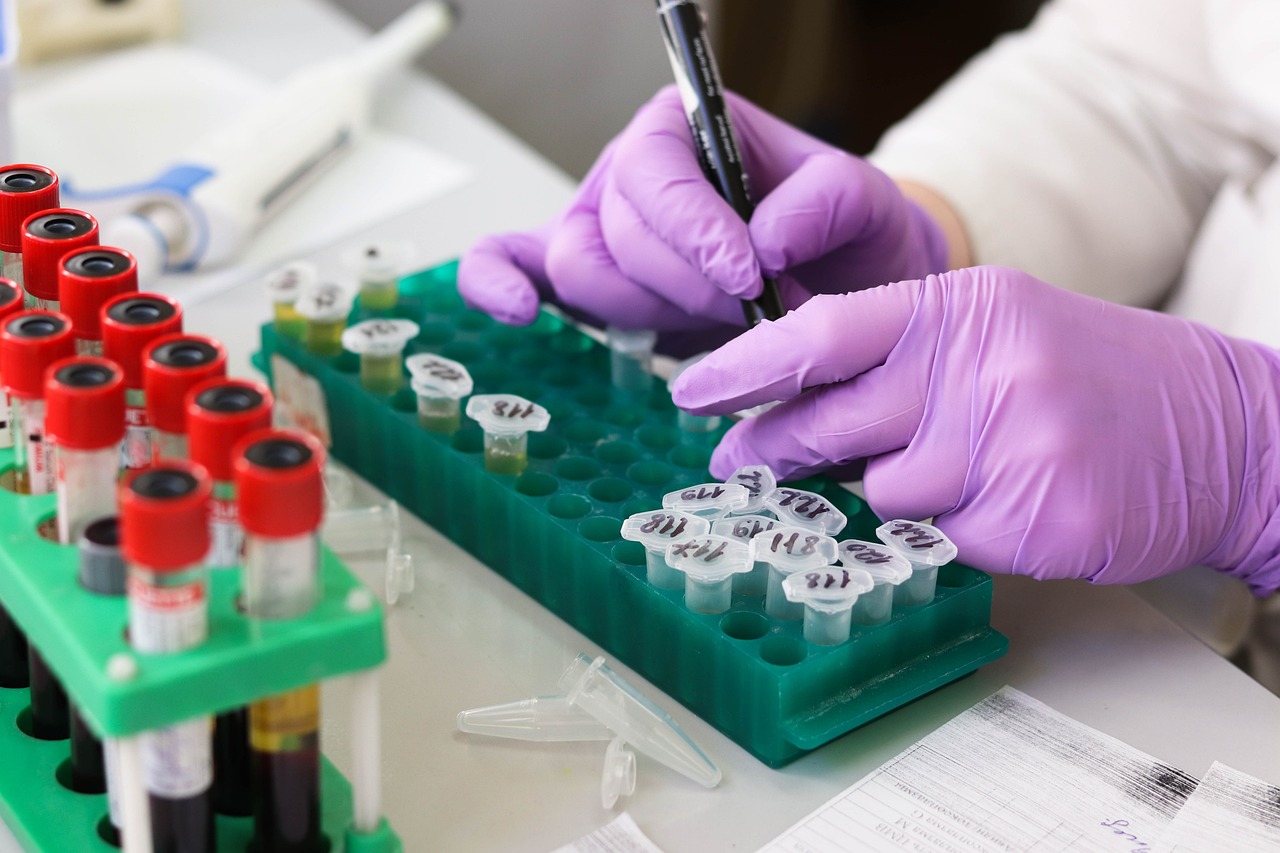ARTICLE SUMMARY:
From an FDA regulatory history standpoint, it’s a major milestone. From clinical labs’ perspective it’s a power grab. For IVD firms, it’s a welcome, but incremental step. Ultimately, FDA’s lab-developed test rule, published April 29, could just end up being another waystation on the long-winding path to legislative reform.
FDA finally went through with it. After decades of debate, policy meetings, draft guidance documents, enforcement actions, legal briefs, and legislative attempts the agency, on April 29, published a final regulation to make it plain that laboratory-developed tests (LDTs)—made and performed by a lab rather than sold as packaged kits—are medical devices and that they will be folded into the mandatory, risk-based regulatory scheme over the next four years.
The regulation, notably, is accompanied by substantial exemptions, including grandfathering current LDTs, that weren’t included in last year’s proposed rule. But many clinical labs still see it as a misguided power grab that will unnecessarily disrupt the US testing infrastructure. Regardless, the rule sets in motion tangible, time-marked requirements for labs, and an added workload for FDA. It runs 528 pages, including about one half-page of formal regulatory language clarifying that labs are also manufacturers, and a hefty preamble laying out the four-year transition plan (See box below, “FDA‘s Timeline), explaining the multiple exemptions, and responding to the more than 6,500 comments on the proposed rule.
Here are four contextual takeaways from the LDT rule for the broader medtech community.

